Humans
-
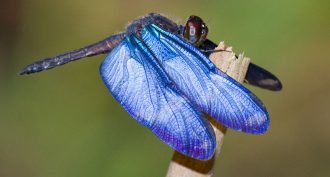 Animals
AnimalsCould a dragonfly’s wings be alive — and breathing?
Highly magnified image showing what looks like breathing tubes suggests the morpho dragonfly’s wings may be unexpectedly alive.
By Susan Milius -
 Environment
EnvironmentNight lights have a dark side
Artificial light at night not only affects our view of the night sky, but also has the ability to impair animal behaviors — and probably our health.
-
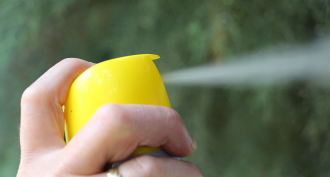 Health & Medicine
Health & MedicineAnalyze This! Mosquito repellents that work
Spray-on repellents are generally the best at keeping those blood suckers from making you their next meal, new data show.
-
 Health & Medicine
Health & MedicineGetting a flu ‘shot’ could become as easy as sticking on a bandage
A new skin patch delivers a flu vaccine painlessly through dissolving microneedles. Such an easy-to-store and easy-to-use technology may help boost vaccination rates.
-
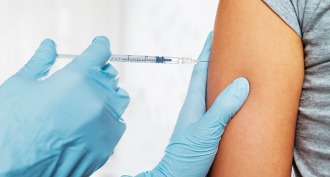 Health & Medicine
Health & MedicineExplainer: What is a vaccine?
Vaccines give the body’s natural defense system a boost against infectious disease.
-
 Health & Medicine
Health & MedicineHunting the mysterious source of a global illness
Doctors and scientists around the world are scouring the environment for the elusive cause of Kawasaki disease, a harmful childhood illness.
-
 Brain
BrainAdolescents are brain-dense — and that’s good
Gray matter is densely packed in adolescents, brain researchers now find. This may explain how developing adults cope with decreasing gray matter volume.
-
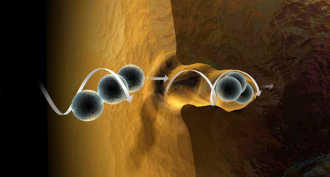 Tech
TechTherapeutic robots may soon swim within the body
Scientists are designing tiny robots that may one day do work inside the human body.
-
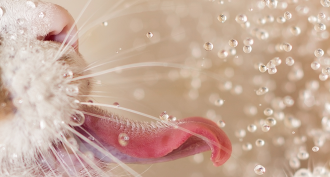 Brain
BrainTongues ‘taste’ water by sensing sour
Water doesn’t taste like much, but our tongues need to detect it somehow. They may do it by sensing acid, a new study shows.
-
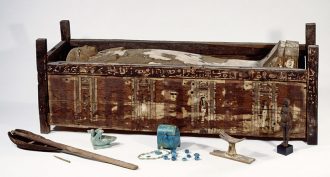 Archaeology
ArchaeologyDNA from African mummies tie these folk to Middle Easterners
Ancient DNA extracted from 90 Egyptian mummies reveals genetic links to Greece and the Middle East.
-
 Psychology
PsychologyThink you’re not biased? Think again
Everyone holds some unconscious bias about certain social groups, even when they don’t mean to. Scientists are learning how people can fight such implicit biases.
-
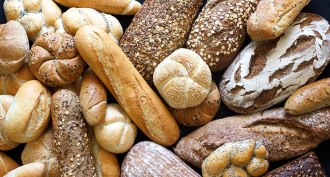 Health & Medicine
Health & MedicineYour gut’s germs may decide whether white bread or whole wheat is best — for you
Surprise! Gut microbes may determine how your body responds to starches in the diet.